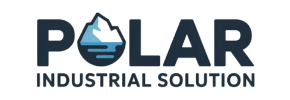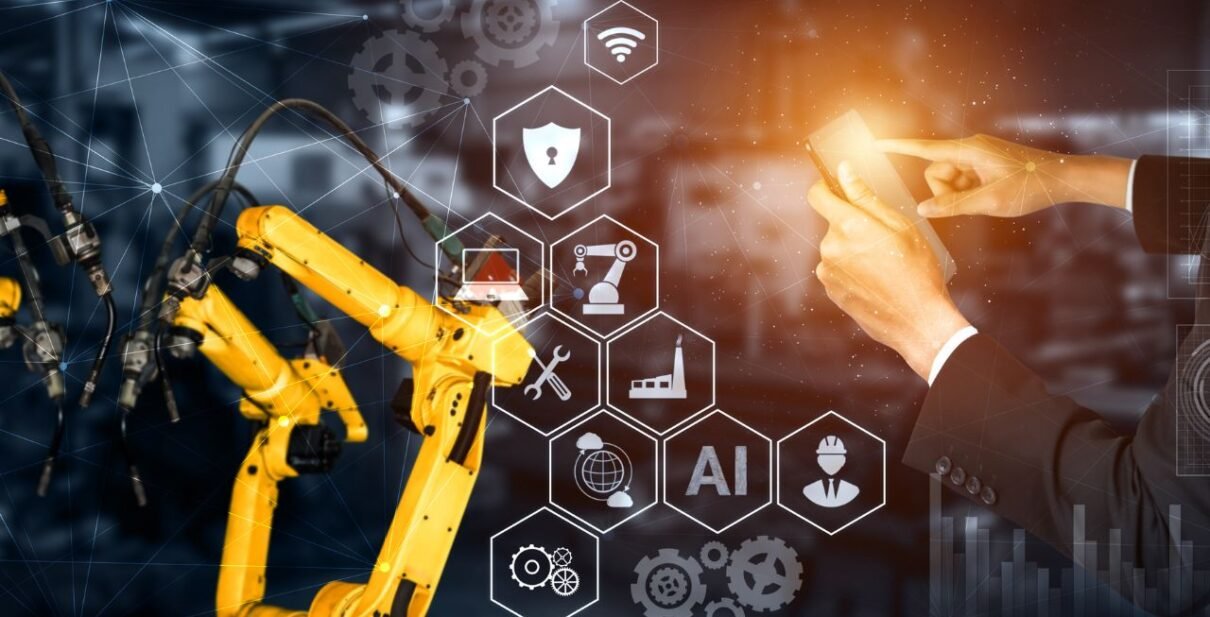The industrial automation landscape continues to evolve at an unprecedented pace, driven by technological breakthroughs and changing market demands. As we navigate through 2025, several key trends are reshaping how industries approach automation, efficiency, and productivity.
1. AI-Powered Predictive Maintenance
Artificial Intelligence integration with traditional automation systems is revolutionizing maintenance strategies. Leading brands like ABB and Siemens are incorporating machine learning algorithms into their PLCs and SCADA systems, enabling predictive maintenance that reduces downtime by up to 50%. These systems analyze equipment performance patterns, vibrations, and temperature fluctuations to predict failures before they occur.
Modern sensors from Omron and Emerson now feature built-in AI capabilities that can detect anomalies in real-time, alerting operators to potential issues days or weeks in advance. This proactive approach significantly reduces maintenance costs and extends equipment lifespan.
2. Edge Computing Integration
The shift toward edge computing is transforming how automation data is processed and analyzed. Schneider Electric and Rockwell Automation are leading this trend by developing edge-enabled controllers that process data locally, reducing latency and improving system responsiveness.
This approach is particularly valuable in remote oil and gas operations where reliable internet connectivity may be limited. Edge computing enables critical decisions to be made instantly at the equipment level, ensuring continuous operation even during communication disruptions.
3. Enhanced Cybersecurity Protocols
With increased connectivity comes greater security risks. Honeywell and Yokogawa have introduced advanced cybersecurity frameworks specifically designed for industrial automation systems. These solutions include encrypted communication protocols, multi-factor authentication, and real-time threat monitoring.
The implementation of zero-trust security models in automation networks is becoming standard practice, ensuring that every device and connection is verified before access is granted.
4. Sustainable Automation Solutions
Environmental consciousness is driving demand for energy-efficient automation systems. Mitsubishi Electric and Fanuc are developing variable frequency drives and motor controls that optimize energy consumption while maintaining peak performance.
Smart energy management systems now integrate with automation platforms to minimize power usage during non-peak hours and optimize production schedules based on renewable energy availability.
5. Human-Machine Collaboration
The future of automation isn’t about replacing human workers but enhancing their capabilities. Advanced HMI systems from leading manufacturers now feature intuitive interfaces that allow operators to collaborate more effectively with automated systems.
Augmented reality interfaces and voice-activated controls are becoming more common, enabling operators to interact with complex systems more naturally and efficiently.
Conclusion: These trends represent significant opportunities for industrial companies to enhance their operations. At Polar Industrial Solution, we work closely with all major automation brands to ensure our clients have access to the latest innovations and can implement these trends effectively in their operations.

